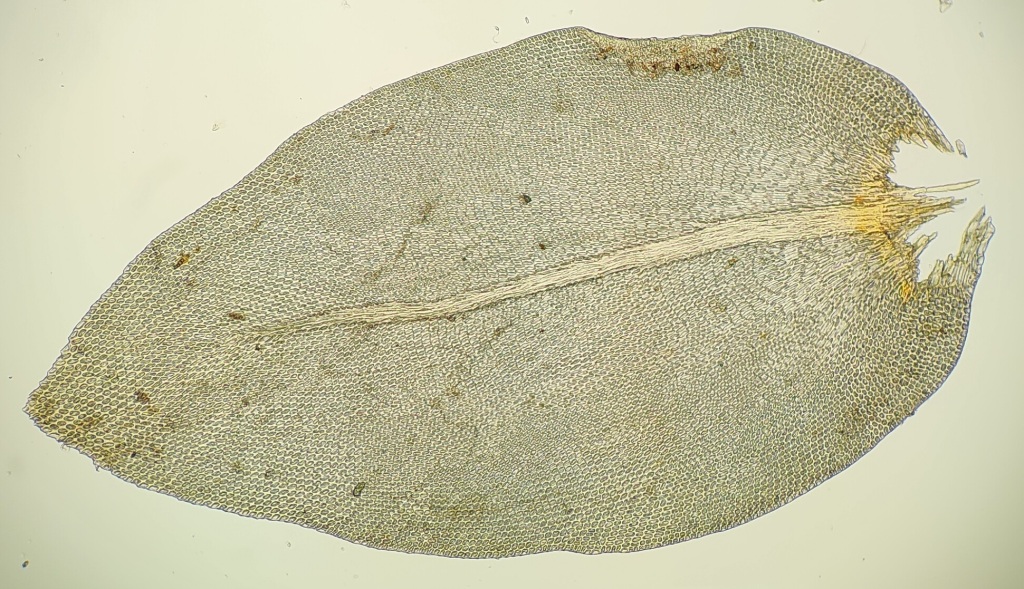Cryphaea
Asexual propagules absent. Dense or loose turves, occasionally cushions, on trees or shrubs, rarely on rock. Stems differentiated into primary stems and secondary stems. Primary stems creeping, with hyaline to brownish rhizoids. Secondary stems erect or ascending to pendent, subpinnately or irregularly branched, mostly without rhizoids; central strand absent. Leaves erect-patent to spreading when moist, imbricate to loosely appressed when dry, terete-foliate, stem leaves similar to branch leaves; branch leaves usually smaller, sometimes with shorter costae and more denticulate apices; costae single or bifurcate (not in Victoria), extending at least ¼ leaf length, sometimes percurrent or excurrent as a short or long hair-point (not in Victoria); margins entire, often serrulate to coarsely denticulate toward apices, without a distinct border; cells elliptic, rhombic or hexagonal becoming rectangular or linear toward base or sometimes costae, smooth or prorate; alar cells indistinct. Capsules immersed, erect, symmetric, cylindric to obloid, with a well-differentiated caducous annulus (not in Victoria) or without an annulus. Opercula conic, rostellate or rostrate. Calyptrae cucullate, smooth or prorate near apex, glabrous. Peristome double; exostome of 16 entire or apically bifid teeth; endostome of 16 filiform segments, equal to or shorter than exostome, alternating with exostome.
30 species distributed in South, Central and southeast North America and the Caribbean, southern and tropical east Africa, Europe and northwest Africa, China to Japan, New Guinea and the southwest Pacific; 2 species in Victoria.
 Spinning
Spinning
